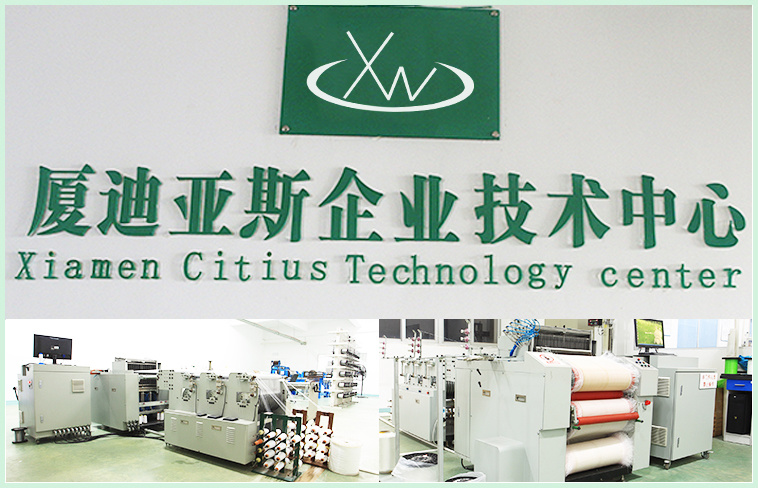Cross-flow filtration filtrate flow rate and purity
Release time:
2022-06-23
Filtrate flow rate
Higher flow rates, pressures, and temperatures can increase flow; smaller filtration channels can also enhance flow. The presence of macromolecular solutes reduces flow, as is the case when filtering milk. In the absence of backwashing, the flow rate of microporous membranes continuously decreases. The flow rate of semipermeable membranes decreases much more slowly than that of microporous media. This is because semipermeable membranes do not experience pore blockage. This indicates that replacing ultrafiltration membranes with microporous media is ineffective.
In some cases, backwashing provides a higher stable flow rate for microporous media.
Using sparsely microporous media with larger pores does not necessarily yield a higher flow rate. Although the initial flow rate is high, it quickly decreases due to media blockage.
Compared to traditional end filtration, crossflow filtration is very advantageous. For example, under the same conditions, the filtrate flow rate of traditional end filtration drops to zero within minutes, while crossflow filtration can achieve nearly constant flow; crossflow filtration is insensitive to changes in feed concentration, allowing it to successfully filter dirty liquids without pretreatment.
Purity of the filtrate
The particle content in the permeable membrane is essentially zero, and this is also true for microporous filtration media with pore sizes not exceeding 1-2 μm. Even if the pore size is slightly larger, very pure filtrate can still be obtained.
Not only ultrafiltration membranes but also microporous media can sometimes retain macromolecular substances in solutions. There are indications that these media can even retain low molecular weight substances within a smaller range because certain components in the suspension form a dynamic membrane. A dynamic membrane is a thin film formed by certain colloidal particles adhering to a porous support (ceramic or sintered metal) under pressurized closed-loop circulation.
Backwashing of microporous media does not affect the purity of the filtrate.
The purity of the filtrate is either unrelated to or only slightly related to the feed concentration.

